Hifadhi Africa – empowerment for slum communities in Kenya
By Denise Nanni and Milena
Rampoldi, ProMosaik. In the following our interview with Collins Nakedi of Hifadhi Africa, supporting
slum communities in Kenya. Hifadhi
Africa is a development, advocacy and youth empowerment organization dedicated
to promoting equal access to quality education, healthcare, water and youth
mentorship communities in slums and pastoral regions of Kenya to overcome
poverty and dependence.
Rampoldi, ProMosaik. In the following our interview with Collins Nakedi of Hifadhi Africa, supporting
slum communities in Kenya. Hifadhi
Africa is a development, advocacy and youth empowerment organization dedicated
to promoting equal access to quality education, healthcare, water and youth
mentorship communities in slums and pastoral regions of Kenya to overcome
poverty and dependence.
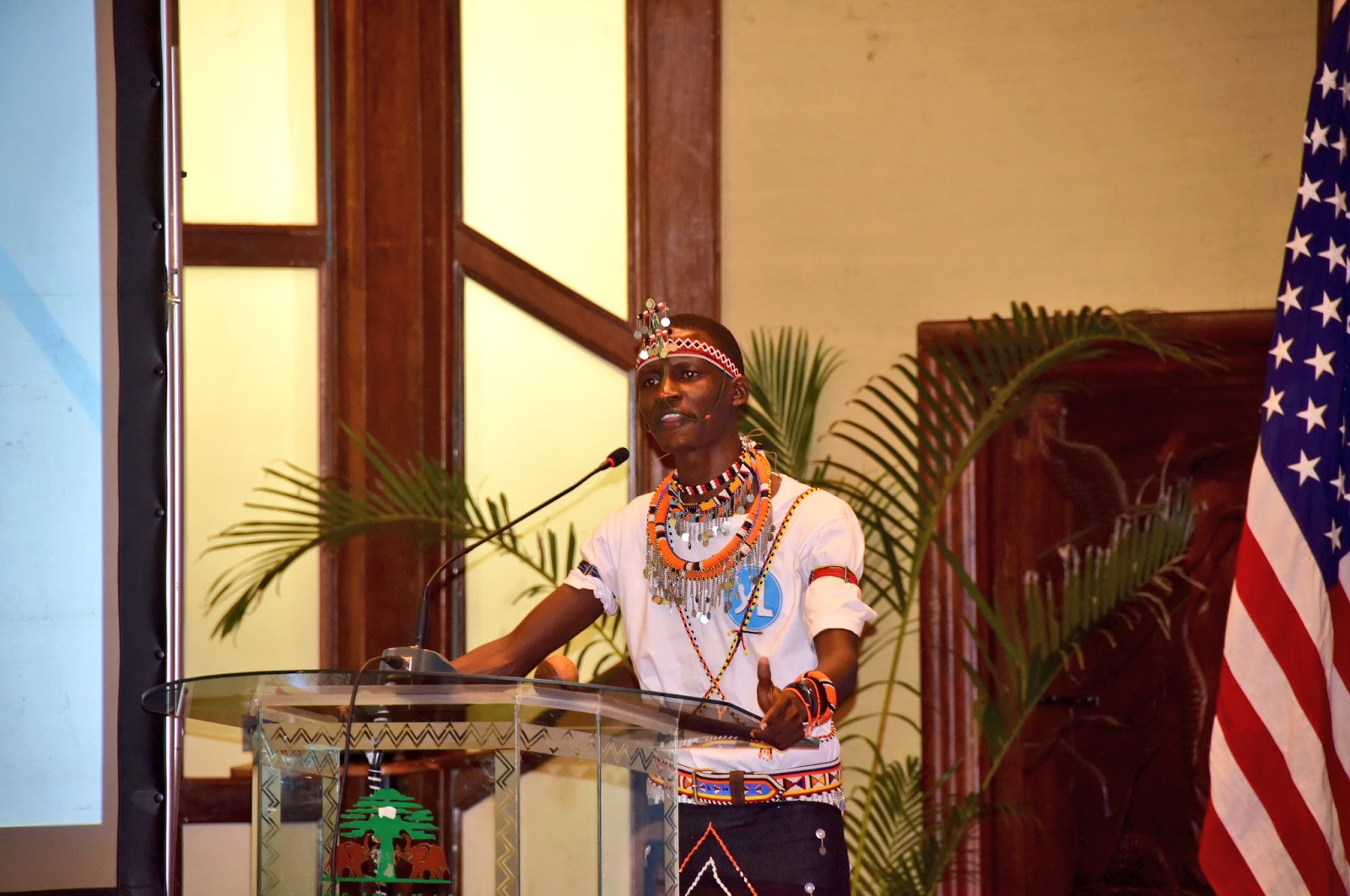
How was HAO founded?
Three young men with the will to make a real
difference in Africa conceived Hifadhi Africa as students at US International
University. They feel very strongly about community empowerment. They
believe that Africa’s current generation has the power to shape the future and
build a better continent only if they are accommodated and new, young leaders
incorporated into the fore. That with opportunities for education and
employment, young Africans can make great contributions. And as such, they
wanted to use their youthful energy, education and exposure to give a chance to
others.
difference in Africa conceived Hifadhi Africa as students at US International
University. They feel very strongly about community empowerment. They
believe that Africa’s current generation has the power to shape the future and
build a better continent only if they are accommodated and new, young leaders
incorporated into the fore. That with opportunities for education and
employment, young Africans can make great contributions. And as such, they
wanted to use their youthful energy, education and exposure to give a chance to
others.
Collins Nakedi came from East
Pokot whose Pastoral parents were anti-education and provided no financial
support, overcame tremendous obstacles to graduate in 2013. In 2015 he was
selected from 50,000 applicants for the President Obama initiative, the Young
African Leaders Initiative(YALI). His subsequent accomplishments were to be
selected as the only YALI among 40 Kenyans to do an USA internship (At
Microsoft), to be selected as an outstanding person in the Kenyan 2016 40 under
40 program. In 2016, Collins returned to the USA as a mentor and to testify on
the worth of YALI to 4 Congressional Committees. Jovenal Nsengimana, a Rwandan
refugee who lost his parents at 4, was selected in Oct 2016 for a Mandela
Rhodes Scholarship and will study Law and Human Rights in Cape town. Charles
Mwakio, from Mombasa was selected for study in S. Korea. He’s also a celebrated
public speaker.
Pokot whose Pastoral parents were anti-education and provided no financial
support, overcame tremendous obstacles to graduate in 2013. In 2015 he was
selected from 50,000 applicants for the President Obama initiative, the Young
African Leaders Initiative(YALI). His subsequent accomplishments were to be
selected as the only YALI among 40 Kenyans to do an USA internship (At
Microsoft), to be selected as an outstanding person in the Kenyan 2016 40 under
40 program. In 2016, Collins returned to the USA as a mentor and to testify on
the worth of YALI to 4 Congressional Committees. Jovenal Nsengimana, a Rwandan
refugee who lost his parents at 4, was selected in Oct 2016 for a Mandela
Rhodes Scholarship and will study Law and Human Rights in Cape town. Charles
Mwakio, from Mombasa was selected for study in S. Korea. He’s also a celebrated
public speaker.
Hifadhi
Africa is a development, advocacy and youth empowerment organization dedicated
to promoting equal access to quality education, healthcare, water and youth
mentorship communities in slums and pastoral regions of Kenya to overcome
poverty and dependence.
Africa is a development, advocacy and youth empowerment organization dedicated
to promoting equal access to quality education, healthcare, water and youth
mentorship communities in slums and pastoral regions of Kenya to overcome
poverty and dependence.
Hifadhi
Africa Organization (HAO) began 3 years ago, and currently operate in 3
Counties in Kenya. We are committed to sustainable access to quality services
for most vulnerable communities in Kenya. Hifadhi is a Kiswahili word for sustain or sustainability.
Africa Organization (HAO) began 3 years ago, and currently operate in 3
Counties in Kenya. We are committed to sustainable access to quality services
for most vulnerable communities in Kenya. Hifadhi is a Kiswahili word for sustain or sustainability.
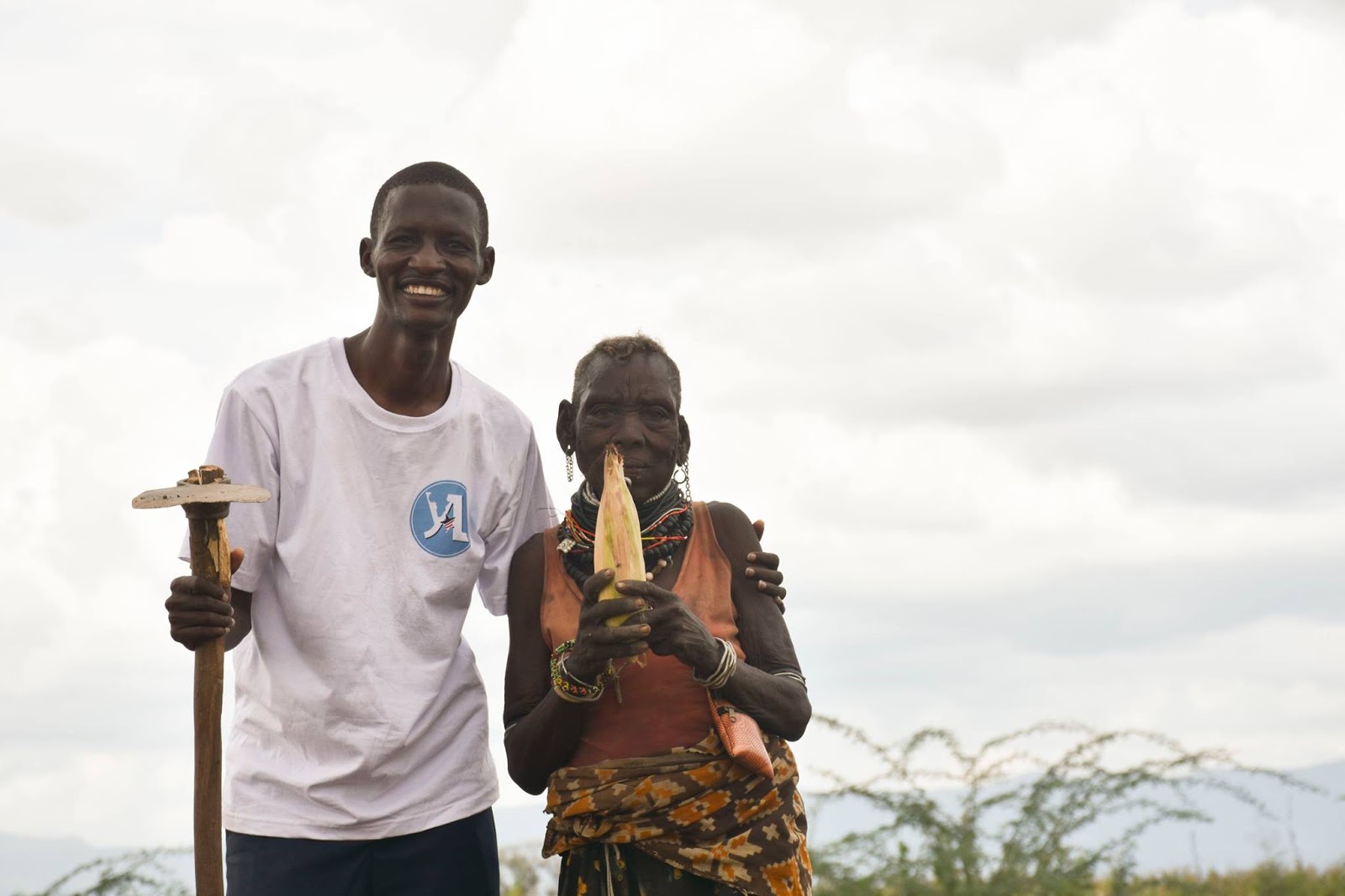
What are the main issues in
the slums and rural areas of Kenya?
the slums and rural areas of Kenya?
Statistics and research is pointing Africa as
the next growth frontier in technology and entrepreneurship. This has brought excitement
across industries. We have since seen multinationals flooding Kenyan market. We
encourage this. But what the statistics do not show is that huge percentage of
Africans and African communities are not prepared well to position themselves
to benefit from this success window. These population mostly in the slums and
extreme rural areas commonly face five basic challenges:
the next growth frontier in technology and entrepreneurship. This has brought excitement
across industries. We have since seen multinationals flooding Kenyan market. We
encourage this. But what the statistics do not show is that huge percentage of
Africans and African communities are not prepared well to position themselves
to benefit from this success window. These population mostly in the slums and
extreme rural areas commonly face five basic challenges:
a) Poverty
b) Unemployment
c) Lack of
basic health services
basic health services
d) Lack of
education
education
e) Insecurity
A slum can be defined as a densely populated
urban informal settlement endowed with substandard housing and squalor. Slums
are common in the developing countries. Kibera slums in Kenya is the largest
urban slum in Africa with an estimated populace of approximately 2 million
people as per 2009 census. From a United Nations research in 2012, 33% of the
populace in developing economies live in slums. In Kenya, 30% of the urban
populace live in slums. Because of the untenable employment rate in Kenya,
nearly half of the urban population cannot meet the daily expenses. To survive,
they live in make-shift shelters in slums like Kibera, Mathare and Mukuru.
urban informal settlement endowed with substandard housing and squalor. Slums
are common in the developing countries. Kibera slums in Kenya is the largest
urban slum in Africa with an estimated populace of approximately 2 million
people as per 2009 census. From a United Nations research in 2012, 33% of the
populace in developing economies live in slums. In Kenya, 30% of the urban
populace live in slums. Because of the untenable employment rate in Kenya,
nearly half of the urban population cannot meet the daily expenses. To survive,
they live in make-shift shelters in slums like Kibera, Mathare and Mukuru.
For the
case of rural Kenya e.g East Pokot in Baringo County, there is virtually no
infrastructure of any kind. Furthermore, there is virtually no government
investment resulting in East Pokot being extremely marginalized. There are few
NGO’s operating in East Pokot but most NGO’s operate for few years and leave
because of the difficulty of doing humanitarian work. East Pokot has 162,000 people
and are scattered because they are pastoralists who move their animals to
wherever there is vegetation. As far as demographics, the absolute poverty rate
is 67%, the food poverty rate is 56% and the literacy rate is 4%. What that
means is that 2/3 of the Pokot people in East Pokot or 100,000 have no material
possession. They live in stick houses which they abandon when they move to
another location. With a food poverty rate of 56%, the people are suppose to be
given government food but this seldom happens. A joint World Vision/ACTED research in 2014 study stated that lactating
women were eating dirt from anthills in order to breastfeed. Income is
virtually non-existent. The only way to generate income is to sell an animal. A
goat brings $20-$30 dollars and has to be marketed in Nginyang. When goats are
sent to a market such as Nakuru or Nairobi, the police stop the shipment and
extort money from the Pokot people. Because of all the challenges and problems
of East Pokot, alcoholism is rampant.
case of rural Kenya e.g East Pokot in Baringo County, there is virtually no
infrastructure of any kind. Furthermore, there is virtually no government
investment resulting in East Pokot being extremely marginalized. There are few
NGO’s operating in East Pokot but most NGO’s operate for few years and leave
because of the difficulty of doing humanitarian work. East Pokot has 162,000 people
and are scattered because they are pastoralists who move their animals to
wherever there is vegetation. As far as demographics, the absolute poverty rate
is 67%, the food poverty rate is 56% and the literacy rate is 4%. What that
means is that 2/3 of the Pokot people in East Pokot or 100,000 have no material
possession. They live in stick houses which they abandon when they move to
another location. With a food poverty rate of 56%, the people are suppose to be
given government food but this seldom happens. A joint World Vision/ACTED research in 2014 study stated that lactating
women were eating dirt from anthills in order to breastfeed. Income is
virtually non-existent. The only way to generate income is to sell an animal. A
goat brings $20-$30 dollars and has to be marketed in Nginyang. When goats are
sent to a market such as Nakuru or Nairobi, the police stop the shipment and
extort money from the Pokot people. Because of all the challenges and problems
of East Pokot, alcoholism is rampant.
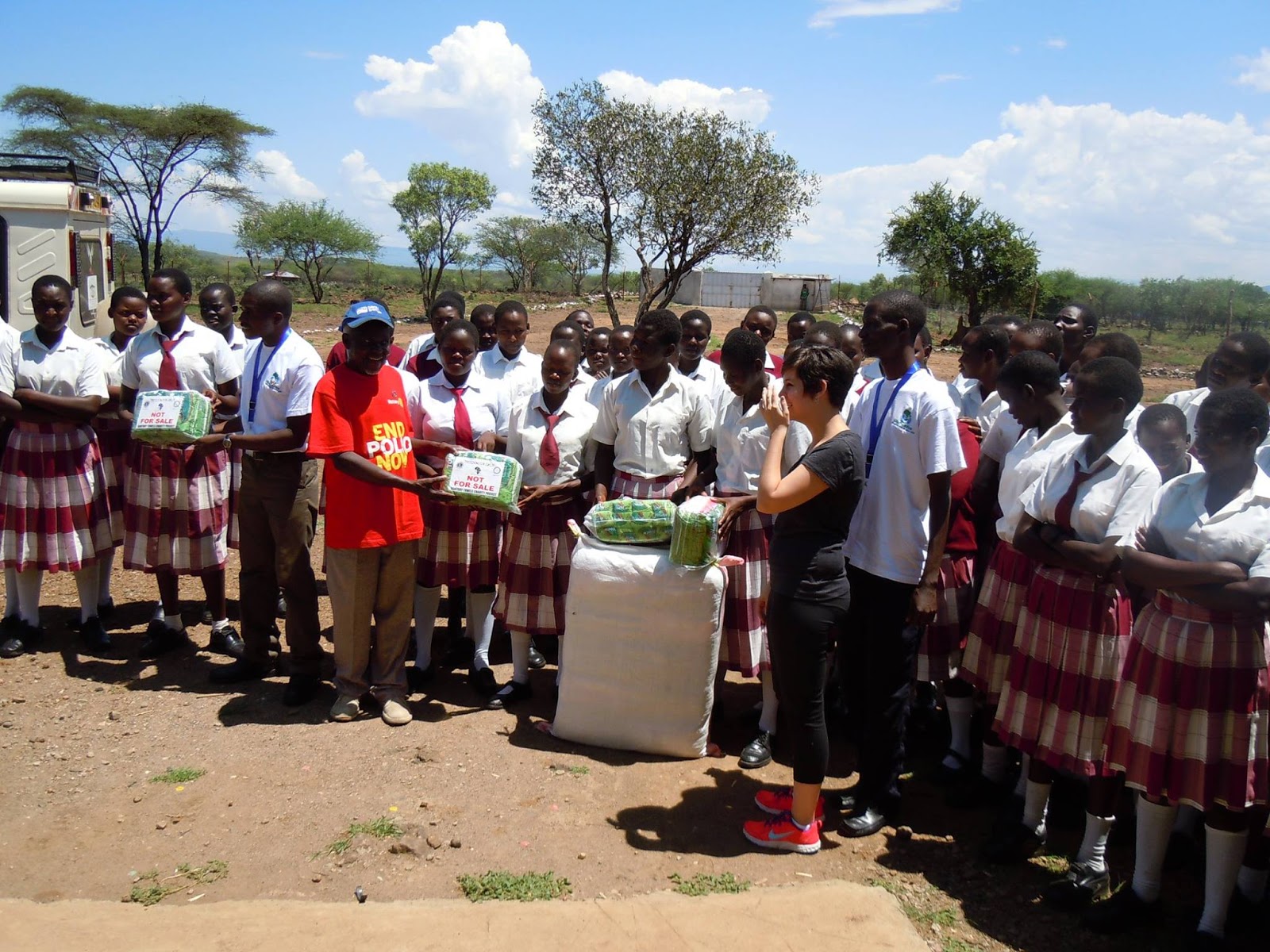
How would you
define your approach?
define your approach?
Hifadhi
Africa’s development approach focuses on building capacities of local
communities to develop and maintain sustainable water and sanitation and basic
education and literacy systems with the goal to provide equitable community access
to safe water, improved sanitation and quality education. Our programs target
households and institutions. We also have intimate knowledge of the cultural,
social and environmental dynamics in our operational areas.
Africa’s development approach focuses on building capacities of local
communities to develop and maintain sustainable water and sanitation and basic
education and literacy systems with the goal to provide equitable community access
to safe water, improved sanitation and quality education. Our programs target
households and institutions. We also have intimate knowledge of the cultural,
social and environmental dynamics in our operational areas.
In what ways
do you promote education?
do you promote education?
Hifadhi Africa Organization
believes education is the gateway to a literate and civilized African society
that is able to articulate issues and position itself to benefit from the
opportunities being envisioned. Our efforts and support is to bridge these
dreams by;
believes education is the gateway to a literate and civilized African society
that is able to articulate issues and position itself to benefit from the
opportunities being envisioned. Our efforts and support is to bridge these
dreams by;
I.
Providing cost effective support-programs
targeting academic institutions.
Providing cost effective support-programs
targeting academic institutions.
a.
Hifadhi Africa’s e-Learning systems for remote schools in pastoral areas now benefits more than 4,000 students in elementary
and Secondary Schools. The USD
$14,700 system involves low cost, low power computer system called a
raspberry pi and android tablets. The systems have been deployed in schools
that have no electricity or internet access which is the case in nearly all of
the schools in East Pokot and Marsabit. These systems will boost the quality of
education in these schools because many of them have few or no textbooks. The
educational data stored on the raspberry pi, RACHEL (Remote Area Community
Hotspot for Education and Learning), comes from World Possible organization, is
free and is continually updated. The educational data consists 6000 articles,
26 million words and 50,000 images that include over 3 thousand of textbooks
(K-12) and over 2 thousand videos, the entire Kahn academy, health and medicine
books, reference books and interactive videos such as learning music, etc. The project strengthened capacity of beneficiary
schools to provide basic education and literacy
Hifadhi Africa’s e-Learning systems for remote schools in pastoral areas now benefits more than 4,000 students in elementary
and Secondary Schools. The USD
$14,700 system involves low cost, low power computer system called a
raspberry pi and android tablets. The systems have been deployed in schools
that have no electricity or internet access which is the case in nearly all of
the schools in East Pokot and Marsabit. These systems will boost the quality of
education in these schools because many of them have few or no textbooks. The
educational data stored on the raspberry pi, RACHEL (Remote Area Community
Hotspot for Education and Learning), comes from World Possible organization, is
free and is continually updated. The educational data consists 6000 articles,
26 million words and 50,000 images that include over 3 thousand of textbooks
(K-12) and over 2 thousand videos, the entire Kahn academy, health and medicine
books, reference books and interactive videos such as learning music, etc. The project strengthened capacity of beneficiary
schools to provide basic education and literacy
b.
Hifadhi Africa has donated and installed
10,000 liter tanks to 5 local schools in East Pokot. Most schools in East Pokot
experience multiple closure within academic calendar year due to lack of water.
We therefore help harvest rainwater and therefore mitigate water shortage and
enable learning environment.
Hifadhi Africa has donated and installed
10,000 liter tanks to 5 local schools in East Pokot. Most schools in East Pokot
experience multiple closure within academic calendar year due to lack of water.
We therefore help harvest rainwater and therefore mitigate water shortage and
enable learning environment.
c.
Hifadhi
Africa’s Teachers Empowerment through STEM Education project will directly benefit 94
teachers by July 2017 with expectation of impacting 6,000 per year. The beneficiaries are teachers from
three different levels of education – primary school, high school and teacher
training college. The project objective is to improve
the teaching skills
of STEM teachers
in Kenya so students are engaged, think
critically, solve problems
and pass their high stakes
tests. Currently most classes in Kenya are taught through
lecture, which is not an effective
method of teaching thinking and problems solving skills. Our focus is on
teaching teachers of STEM subjects how to teach with hands-on and
minds-engaged pedagogy for
more effective learning.
Hifadhi
Africa’s Teachers Empowerment through STEM Education project will directly benefit 94
teachers by July 2017 with expectation of impacting 6,000 per year. The beneficiaries are teachers from
three different levels of education – primary school, high school and teacher
training college. The project objective is to improve
the teaching skills
of STEM teachers
in Kenya so students are engaged, think
critically, solve problems
and pass their high stakes
tests. Currently most classes in Kenya are taught through
lecture, which is not an effective
method of teaching thinking and problems solving skills. Our focus is on
teaching teachers of STEM subjects how to teach with hands-on and
minds-engaged pedagogy for
more effective learning.
II. Providing
direct interventions targeting underprivileged bright students in High Schools
and Universities
direct interventions targeting underprivileged bright students in High Schools
and Universities
a. Continued financial and moral support to High school and University
students from underprivileged background courtesy of Hifadhi Africa’s
annual scholarship and mentorship program. 85 students from poor background
have benefited from the program.
students from underprivileged background courtesy of Hifadhi Africa’s
annual scholarship and mentorship program. 85 students from poor background
have benefited from the program.
b. Hifadhi Africa’s sexual and reproductive
health (SRH) needs of adolescent girls project has benefited 280 girls and
teenage mothers against a 800 target. The programs’ target group of
girls and young women are part of an underserved population in Kenya that faces
higher than average dropout rates. This group has faced decades of hardships –
decimated by female genital mutilation, early arranged marriages, radical
militia groups and extreme poverty.
health (SRH) needs of adolescent girls project has benefited 280 girls and
teenage mothers against a 800 target. The programs’ target group of
girls and young women are part of an underserved population in Kenya that faces
higher than average dropout rates. This group has faced decades of hardships –
decimated by female genital mutilation, early arranged marriages, radical
militia groups and extreme poverty.
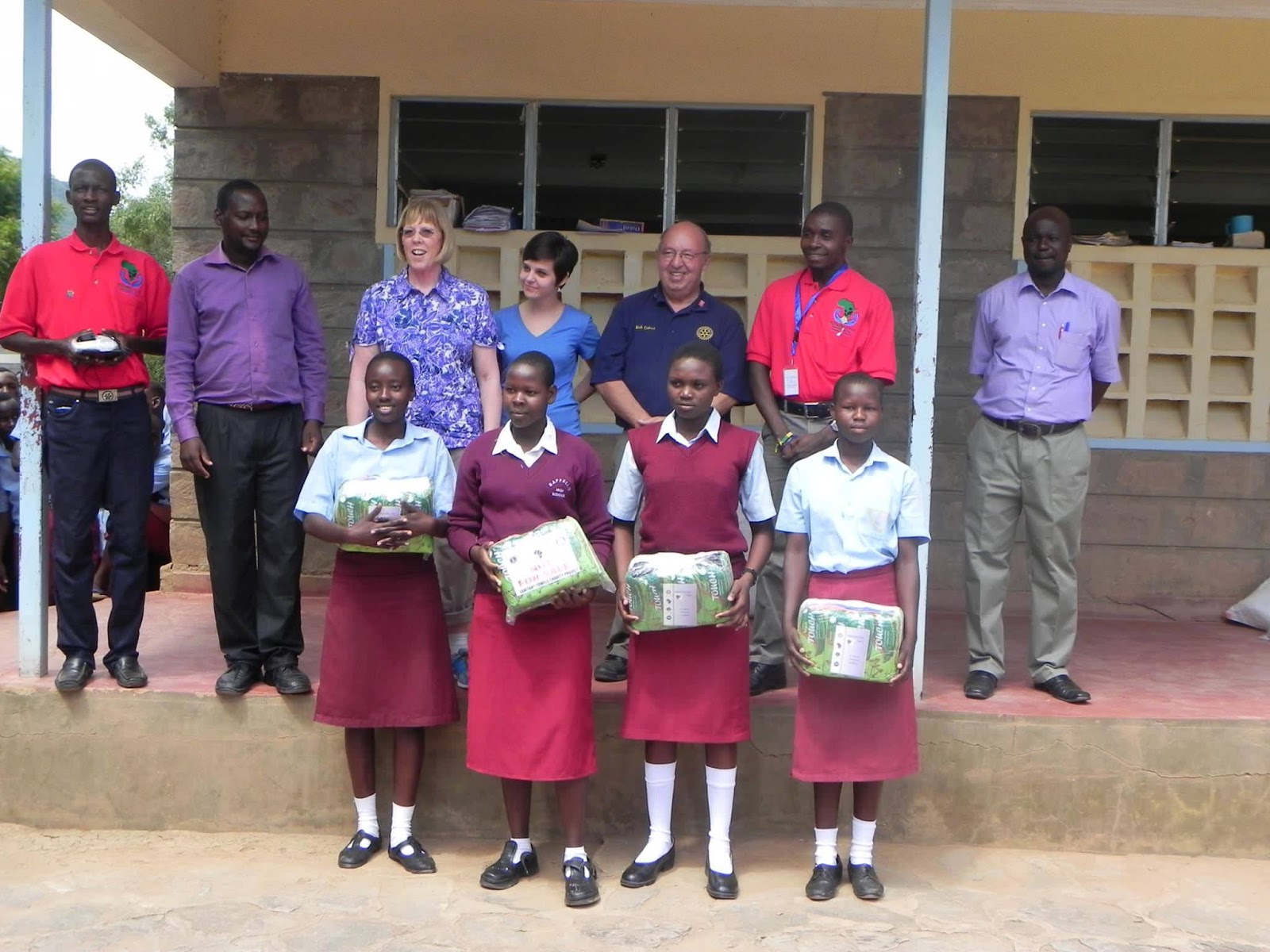
How do you select the communities you intervene?
Hifadhi Africa Organization
operate in 3 counties of Baringo, Marsabit and Nairobi. Most research studies
conducted on Marsabit and Baringo counties point to urgent need for
humanitarian support because the areas are predominantly inhabited by pastoralists who seasonally migrate in
search of pasture. As a result, they exhibit the poorest education indicators
in Kenya. The
literacy rate especially in East Pokot which is in Baringo County is probably
the lowest of any area in the world and 60% of the children never attend any
school because the value of education is not recognized culturally. According
to a research study conducted in 2012 by Uwezo Kenya, a five-year initiative
that aims to improve competencies in literacy and numeracy among children aged
6-16 years old in East Africa titled, “Are
Our Children Learning? Annual Learning Assessment Report”, schools in
northern areas of Kenya are 4 times less likely to have a computer than schools
in other parts of Kenya. Furthermore, 7 out of 10 public schools in Kenya do
not have a library. The report continues to state that a girl in Northern Kenya
and Arid Zones is 3 times more likely to be out of school than a girl in
Central Province.
operate in 3 counties of Baringo, Marsabit and Nairobi. Most research studies
conducted on Marsabit and Baringo counties point to urgent need for
humanitarian support because the areas are predominantly inhabited by pastoralists who seasonally migrate in
search of pasture. As a result, they exhibit the poorest education indicators
in Kenya. The
literacy rate especially in East Pokot which is in Baringo County is probably
the lowest of any area in the world and 60% of the children never attend any
school because the value of education is not recognized culturally. According
to a research study conducted in 2012 by Uwezo Kenya, a five-year initiative
that aims to improve competencies in literacy and numeracy among children aged
6-16 years old in East Africa titled, “Are
Our Children Learning? Annual Learning Assessment Report”, schools in
northern areas of Kenya are 4 times less likely to have a computer than schools
in other parts of Kenya. Furthermore, 7 out of 10 public schools in Kenya do
not have a library. The report continues to state that a girl in Northern Kenya
and Arid Zones is 3 times more likely to be out of school than a girl in
Central Province.
Hifadhi Africa therefore
conducts assessment research on potential target communities to ascertain variables
affecting access to basic services, school populations and attendance. The
assessment report helps us to formulate programs targeting lifestyle changes from
basic survival as a priority by significantly reducing poverty levels and keeping
more and more students motivated to pursue education
conducts assessment research on potential target communities to ascertain variables
affecting access to basic services, school populations and attendance. The
assessment report helps us to formulate programs targeting lifestyle changes from
basic survival as a priority by significantly reducing poverty levels and keeping
more and more students motivated to pursue education
Do you carry on any awareness project on issues such as drug
abuse?
abuse?
Yes. Hifadhi Africa Organization conducts community sensitization forums and holds consultative meeting
with elders and key stakeholders on drug abuse. Hifadhi Africa has also sponsored
several youth empowerment projects that seek to distract youth from engaging in
drug abuse. HAO’s Co-Founder and Director Collins Nakedi published a biography
titled Leap of Hope to challenge youth to pursue education. The book recounts
his extraordinary sacrifice and perseverance to where he’s now. Through the
NGO, Collins has donated several copies and revenue from the book to schools
and minority groups. Link to the book on Amazon can be found here.
with elders and key stakeholders on drug abuse. Hifadhi Africa has also sponsored
several youth empowerment projects that seek to distract youth from engaging in
drug abuse. HAO’s Co-Founder and Director Collins Nakedi published a biography
titled Leap of Hope to challenge youth to pursue education. The book recounts
his extraordinary sacrifice and perseverance to where he’s now. Through the
NGO, Collins has donated several copies and revenue from the book to schools
and minority groups. Link to the book on Amazon can be found here.
HAO has also uses sport extensively to create
awareness on issues that affect youth. Project provide support for youth to
re-organize and have a platform to discuss these issues. Beneficiaries include
Silale Football Club – a youth soccer team that HAO continues to support with sport
kits and soccer balls.
awareness on issues that affect youth. Project provide support for youth to
re-organize and have a platform to discuss these issues. Beneficiaries include
Silale Football Club – a youth soccer team that HAO continues to support with sport
kits and soccer balls.
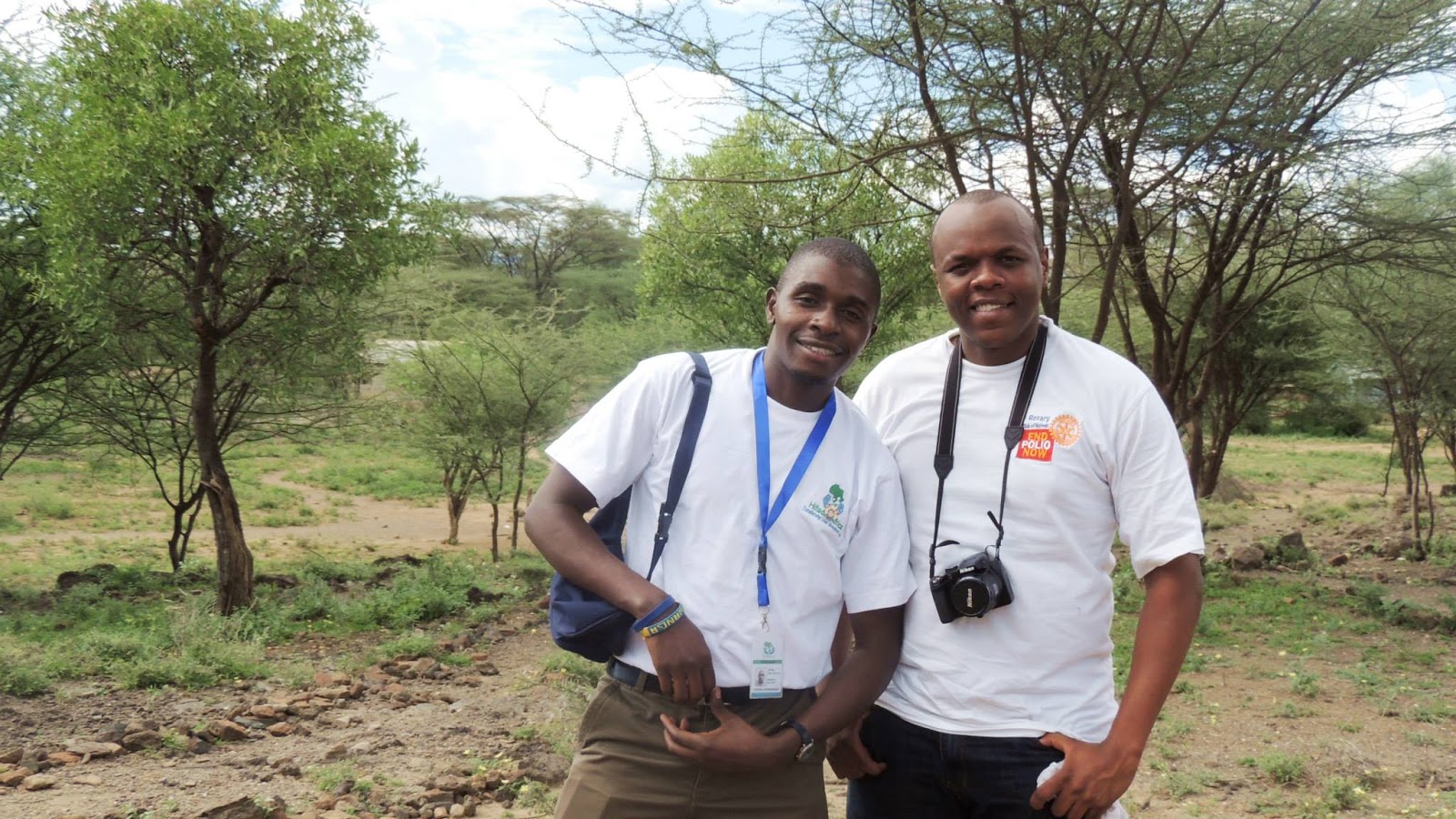
Do you cooperate with local authorities and institutions? If yes,
how?
how?
Yes. One of the reasons that
Hifadhi Africa has had such success in implementing projects is because HAO is
well-networked with counties’ leadership and understands the needs of the local
institutions. HAO has mobilized political and tribal leaders to create
awareness around need for social development and some sort of community
organization. Local networks of professionals are also our target. Such
communal mobilization allows debate on culturally sensitive themes like Cattle
rustling, early/arranged marriages or FGM that otherwise would be impossible to
be initiated by external NGOs.
Hifadhi Africa has had such success in implementing projects is because HAO is
well-networked with counties’ leadership and understands the needs of the local
institutions. HAO has mobilized political and tribal leaders to create
awareness around need for social development and some sort of community
organization. Local networks of professionals are also our target. Such
communal mobilization allows debate on culturally sensitive themes like Cattle
rustling, early/arranged marriages or FGM that otherwise would be impossible to
be initiated by external NGOs.
In
closing, HAO believes that the future
we are talking about won’t benefit Africans if it gets us unprepared. It will
not benefit us if few countries, communities or class of people or even section
of the continent only feels it. We at Hifadhi Africa are striving to empower
the marginalized and the poor in our midst to rise to a level that they too can
position themselves and share the fruit of the bright future. Why shouldn’t
everyone have a profitable role in that future? Why shouldn’t we put in place
structures that will ensure that our schools are churning out job creators? Why
shouldn’t our actions encourage entrepreneurial mindsets?
closing, HAO believes that the future
we are talking about won’t benefit Africans if it gets us unprepared. It will
not benefit us if few countries, communities or class of people or even section
of the continent only feels it. We at Hifadhi Africa are striving to empower
the marginalized and the poor in our midst to rise to a level that they too can
position themselves and share the fruit of the bright future. Why shouldn’t
everyone have a profitable role in that future? Why shouldn’t we put in place
structures that will ensure that our schools are churning out job creators? Why
shouldn’t our actions encourage entrepreneurial mindsets?
These things are possible. Basic
steps need to be covered in Africa. This is why our young people need to
spearhead this revolution. We have the energy. HAO keeps transforming lives
every day despite mountable challenges.
steps need to be covered in Africa. This is why our young people need to
spearhead this revolution. We have the energy. HAO keeps transforming lives
every day despite mountable challenges.


